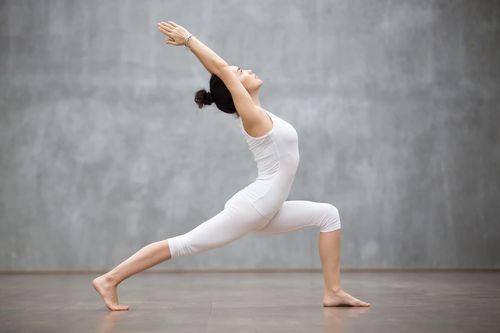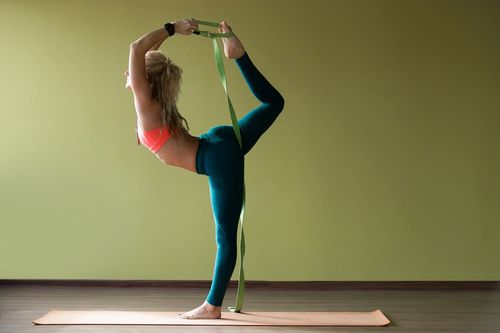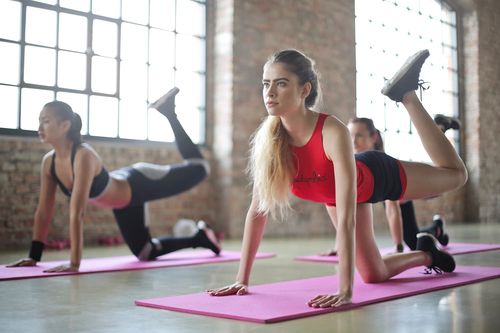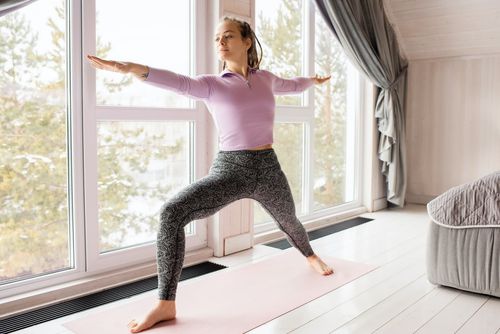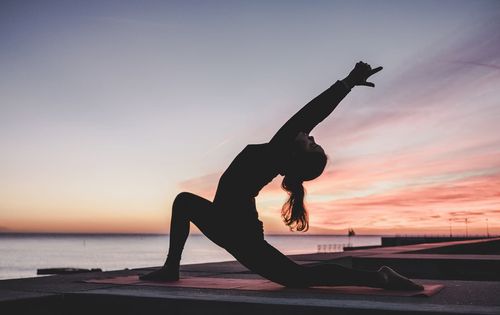What is Anusara Yoga?
Anusara Yoga was founded by yoga teacher John Friend in 1997 and is designed to help people to align with the "divine," which is the deeper spirituality in the universe. The word "anusara" means "flowing with grace", "going with the flow", or "following your heart". It focuses on the heart, and the various poses are expressed from the inside out. The key to this yoga form is that it helps people with discovery, self-examination, and being open to new ideas.
There are three basic principles of Anusara Yoga within the "universal principles of alignment". The principles include attitude, alignment and action, and they are applied to each of the poses or asanas. Each asana contains balance between freedom and stability, has an awareness of the specific postural alignment, and exhibits the intentions connected to the higher purposes of yoga.
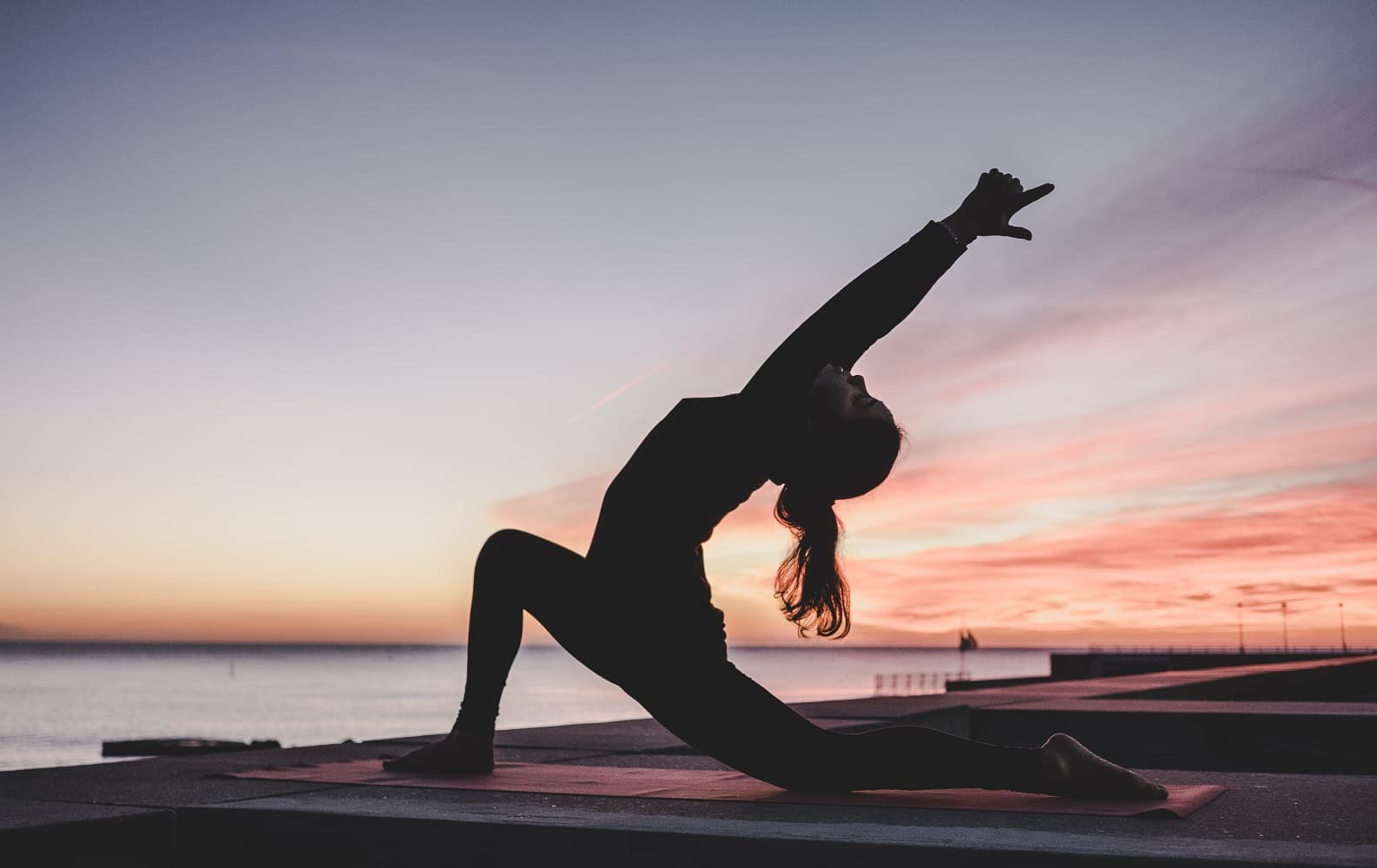
How Does Anusara Yoga Work?
Anusara Yoga begins with setting an intention to create mindfulness in your body and awareness of the good in everything around you. It's a hatha yoga that focuses on postures that use the universal principles of alignment to bring the mind and heart in unison with the spirit. The most common postures performed in Anusara yoga are the following:
- The Half Moon Pose (Ardha Chandrasana)
- The Twist Poses (Vakrasana)
- The Twist Poses (Vakrasana)
- The Eagle Pose (Garudasana)
- The Extended Hand to Toe Pose (Utthita Hasta Padangusthasana)
- The Cobra Pose (Bhujangasana)
- The Dog Pose (Ardha Mukha Shavasana)
What Are the Benefits of Anusara Yoga?
After a session of Anusara yoga, you will feel all the typical abilities of a regular yoga practice such as flexibility, increased strength, and inner peace.
The groundwork is laid down to structurally shift and improve the mind and body when you practise it with an intention and intelligent awareness. A regular practise makes the body become stronger and more flexible, helps heal injuries faster, and can even out the imbalances. The heart and mind become more softer and resilient, joyous and peaceful, happy and balanced.
What Can You Expect From Anusara Yoga?
Anusara Yoga classes start with a prayer or centering to recognise the power of grace and spirit that is surrounding us. The classes focus on the heart as a way to express the divine and also to connect to the deep spirituality within. Each pose and movement are carefully aligned with the student's breathing and the alignment of the pose is thoroughly checked to ensure that it matches the universal principles of alignment. If needed, the yoga teacher adjusts a pose physically or verbally.
In this form of yoga, props can be used to help the student achieve the pose. However, Anusara Yoga is not strict as students are encouraged to practise postural variations to get in touch with their inner creativity and spirit. At the end of the class, Savasana pose is carried out so that the student can honour the spirituality and take in the teachings within themselves.
You can reap the benefits of Anusara Yoga from the comfort of your home, as several yoga teachers who specialise in this kind of yoga offer online classes.
Is Anusara Yoga Safe?
Anusara is a type of gentle hatha yoga that uses guided meditation, breathing techniques and a variety of slow-paced asanas to keep you grounded. It's completely safe for beginners and advanced practitioners of yoga.
